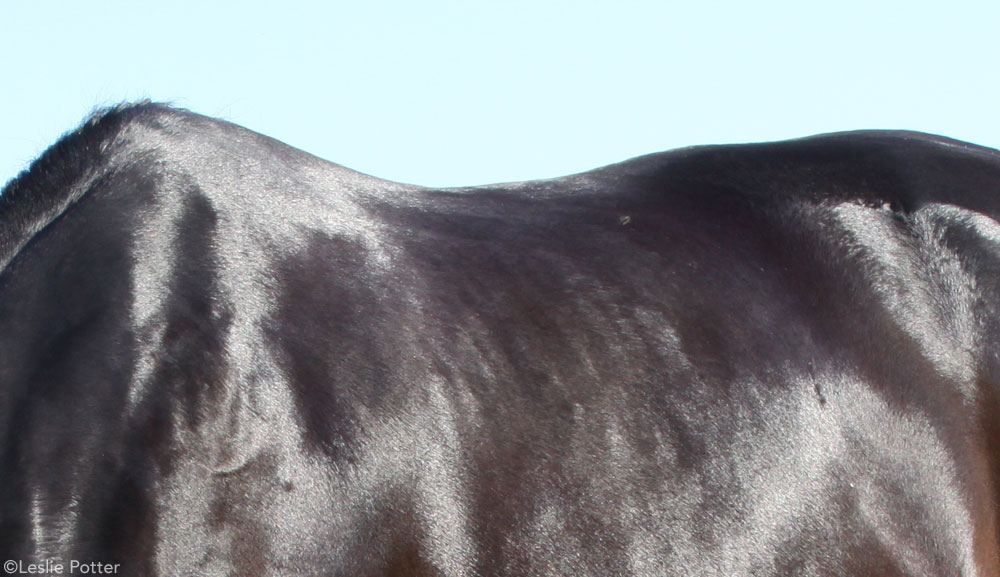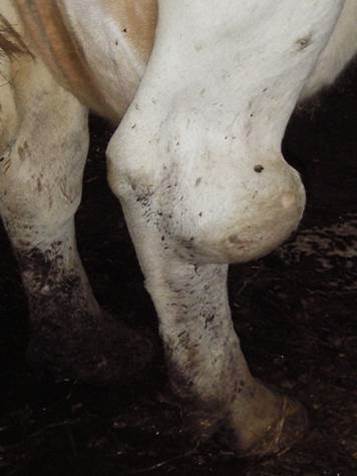

“The goal of the surgery is to transect the ligament that lives between the spinous processes,” Dr. “The horse exerts a tremendous amount of force on its spine while exercising.” It roughly takes just 40 minutes to complete. He performs this surgery several times a year and says that when the area is completely numbed, the horses typically tolerate it very well.

John Peroni, a veterinarian, researcher and board-certified large animal surgeon at the University of Georgia explains. The first procedure, called interspinous ligament desmotomy, is relatively straightforward and can be done under sedation and local anesthesia, as Dr. Both involve modifications to the horse’s spine, so they provide a more permanent solution to the problem while alleviating pain as well. There are two surgical procedures used in equine medicine today to treat kissing spines. This means that without surgery, you may be left repeating these treatments for years to come. While steroid injections, massage, chiropractic care, and other less-invasive treatment options are a good starting point, they will only treat the pain but not the anatomical root of the problem, explains Dr. “If you’ve gotten to the point where you have a horse with major pain and disobedience – kicking out, refusing to go forward – the topical stuff won’t work for you long-term, because you’re not going to change the spine.” Kenneth Marcella, an equine veterinarian who owns KLM Equine in Canton, Ga., and has been practicing equine veterinary medicine for 35 years. “If kissing spines is truly what’s going on, surgery is your best option,” says Dr. In horses with true kissing spines, where the bony spinous processes in his back are impinging or overriding on each other, surgery may be the best long-term approach.


 0 kommentar(er)
0 kommentar(er)
